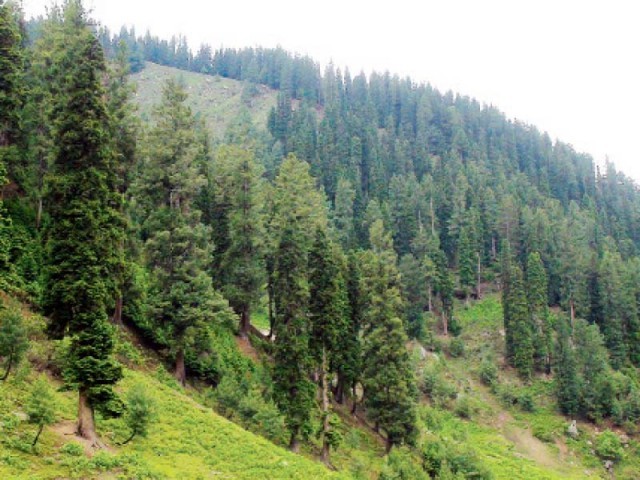
Asrhad said that out of the nine forest types identified in Pakistan, three were depleting fast. He said these included mangrove forests which were used as animal feed. Coniferous forests found at high altitudes were being cut down for firewood and construction, he said. Riverine forests, he said, were being depleted largely to create infrastructure.
Arshad cited the example of Murree where the WWF, using GIS mapping, had assessed the depletion of forests over the past 10 years.
The images of various areas, including the Murree Highway route, show drastic depletion of forest cover. He said that in addition to GIS mapping, the WWF had worked on the ground to learn about the species of trees being lost. He said population growth was a major reason behind deforestation in Murree.
He said that strengthening the institutions like Pakistan Forestry Institute would help bridge the gap in research and policymaking.
Arshad regretted the amendments to sub section 3 of the Punjab Forests Act, 1927 which he said gave the government the power to reassign the land reserved for forests.
Published in The Express Tribune, March 11th, 2016.




1732626034-0/BeFunky-collage-(92)1732626034-0-165x106.webp)



1724486955-0/Untitled-design-(12)1724486955-0-270x192.webp)








COMMENTS (1)
Comments are moderated and generally will be posted if they are on-topic and not abusive.
For more information, please see our Comments FAQ